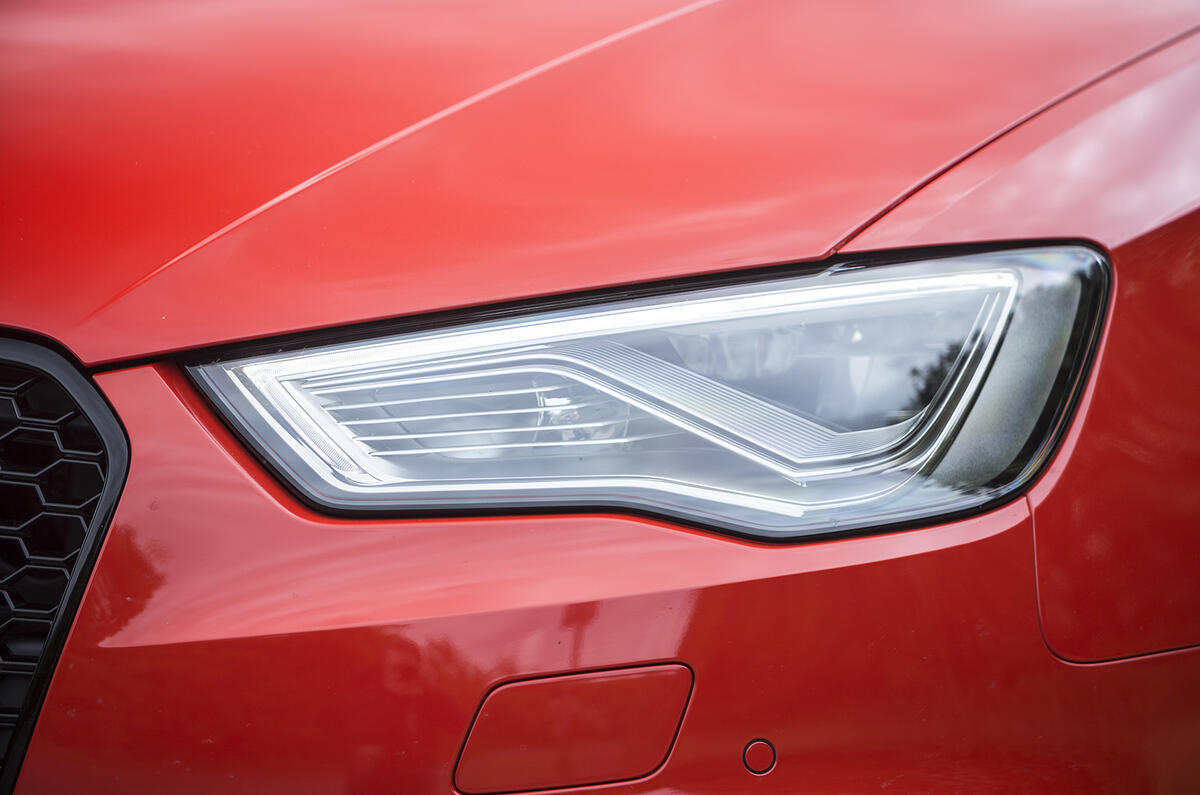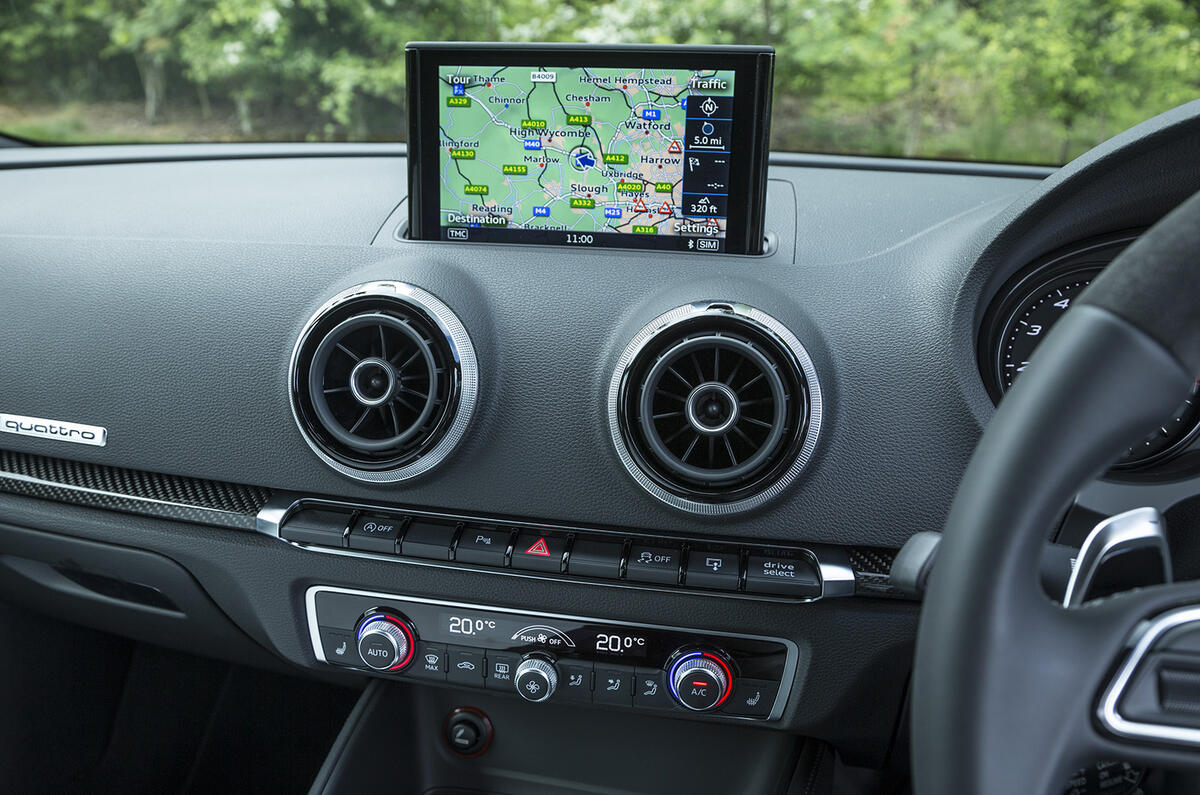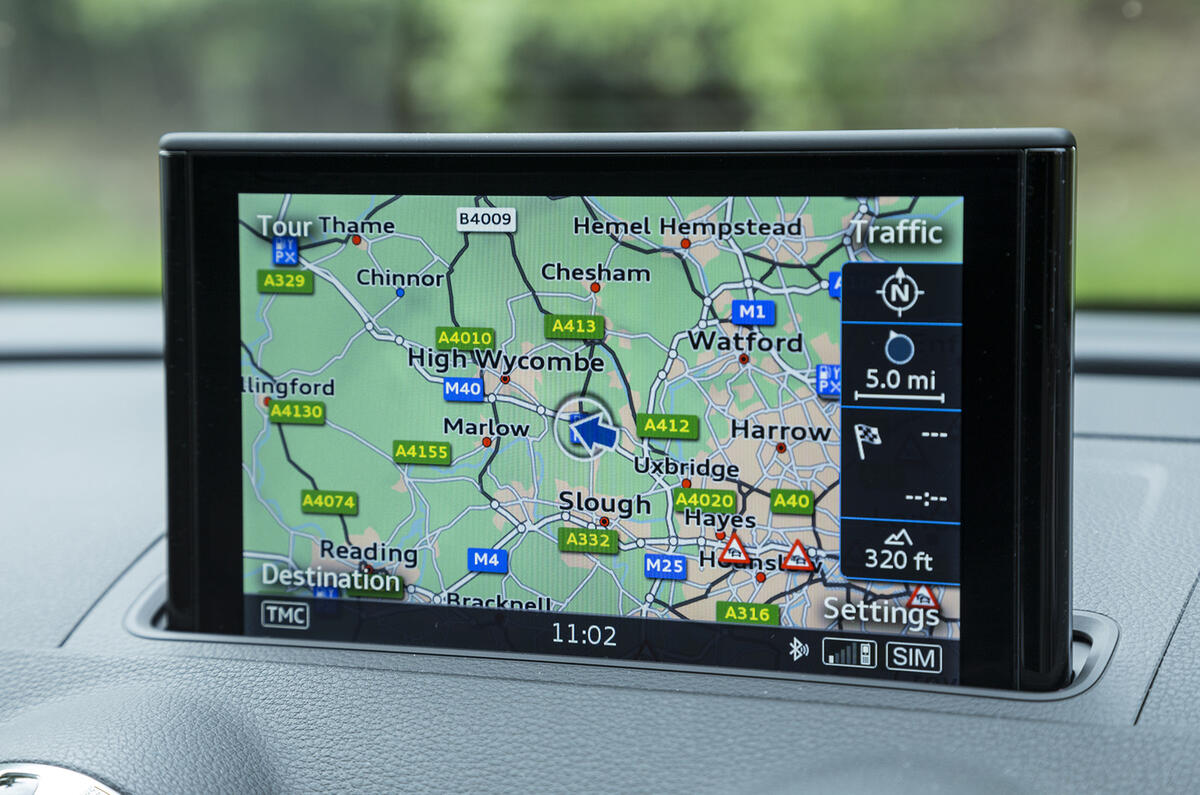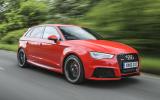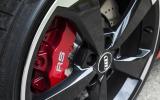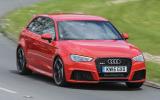The ascent of the humble hot hatch continues. In 1975, the original Volkswagen Golf GTI developed 108bhp, hit 60mph in about nine seconds and weighed just 810kg.
Four decades later, the latest Audi RS3 packs 362bhp, wallops to the national limit in half the time and weighs very nearly twice as much. It is, for those who set store by such things, the most powerful production hatchback, edging out the almost equally bonkers 18-month-old Mercedes-Benz A45 AMG, for about three months. The reason being, Mercedes-AMG weren't going to take such red-faced cheek lying down and promptly gave the A45 an additional 21bhp taking its total output to 376bhp.
Even still this battle between Inglostadt and Stuttgart is no doubt likely to rumble on as Audi announced at the Paris Motorshow that the next generation RS3, set to be available as a only a saloon initially, will gazzump the AMG with 395bhp at its disposal. How the bods at AMG will respond remains to be seen.
Nonetheless, this second generation RS3 is no powder puff. The extra power extracted from the 2.5-litre five-cylinder engine makes even the likes of the last generation Porsche Cayman GTS inferior to the RS3 purely on under-bonnet potency. A current Volkswagen Golf GTI is 145bhp less powerful, while the outgoing Boxster Spyder only makes an additional 8bhp and the Porsche Cayman GT4 only 18bhp more than this versatile hatch.




